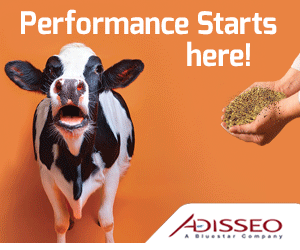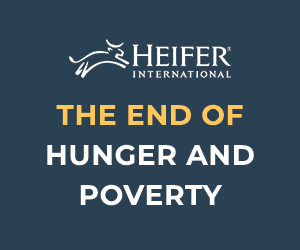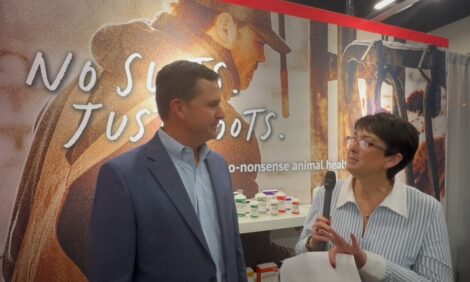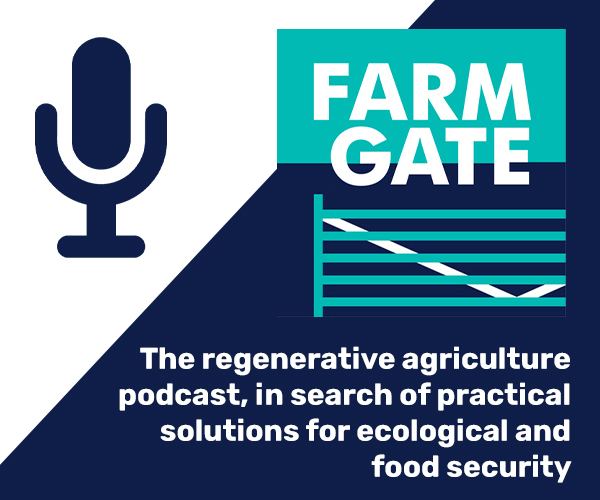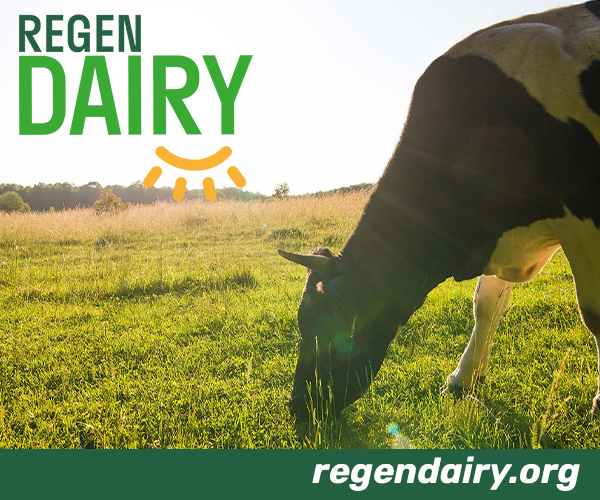



Multiple Benefits From Improving Gut Health
ANALYSIS - Milk quality and weight gain are both hit by poor gut health which, as a largely subclinical problem, requires swift and appropriate action to avoid bottom line losses, writes Michael Priestley, TheCattleSite editor.Many producers do not notice health problems for two years at the herd level and for 50-75 days in the feedlot. This is half the feedlot period before problems can be addressed, according to Troy Wistuba, Beef Research Manager at Novus International.
Speaking to TheCattleSite, Mr Wistuba said for every pound of gain, a half pound could be lost because of gut health issues.
“Normal conversion rates are 4.8 to 5.3 pounds of feed per pound of weight gained, especially in the first 70 feedlot days," Mr Wistuba said. "When you start seeing this figure rise to 6.5 pounds, that is when the cow might be sick.”
Other tell-tale signs of illness are patchy hair with fading pigments, hoof problems, respiratory trouble and reduced feed intake, he added.
Use external signals such as hair loss, sore hooves, reduced eating and breathing problems as signals that something is wrong elsewhere.
The loss of condition is due to a nutritional deficiency caused by degeneration of the villi - small hair like appendages covered in bacteria. They are located on the intestine wall and absorb nutrients into the blood stream.
“Cells in the villi mature as they grow out towards the tip,” Mr Wistuba added. “In an unhealthy gut, villi age faster meaning they die and consequently have a smaller surface area with less ability to absorb nutrients into the blood.”
To counter loss of absorption, Novus provides a treatment containing the essential amino acid methionine. It comes in a form that is readily absorbed into the blood because it is a carbon chain.
Mr Wistuba explained that a cow, as a ruminant, is able to receive most amino acids from two sources - indigestible protein (UIP) and digestible protein (DIP).
“The rumen is full of bacteria that synthesize microbial protein which is absorbed into the small intestine," said Mr Wistuba. “The organic acid is absorbed through the rumen wall; this process converts it into methionine in the blood stream.”
Methionine is vital because it maintains cell health and tissue integrity and can be converted to cystine, an essential amino acid in the anti-oxidant process, he added. Used in human face creams, cystine helps reduce skin cell death and subsequent wrinkling of the skin.
For greatest efficacy, the product is used alongside chelated minerals, said Mr Wistuba. There are two types - Mintrex and MAAC.
These allow the treatment to easily take effect, lowering disruption to the digestive system and making it easy to administer to the animal in a liquid form.
“Mintrex is our methionine-chelated mineral which makes the product easy to absorb and avoids antagonisms that would occur in the small intestine,” he said. “The MAAC product is a water soluble glycine chelate. This means a sick animal off feed can ingest the product, as water intake stays fairly constant.”
“Thirdly we have an essential oil product - Next Enhance - a blend of garlic oil and cinnamaldehyde which alters the fatty acid profile produced by the bacteria. We see a drop in acetate and methane production with a four per cent increase in feed efficiency,” said Mr Wistuba.
Additionally, he said the methionine product aids cow cycling patterns and improves milk quality.
“We’ve noticed cows will cycle sooner after calving. Typically a cow needs 40 days post-parturition when they don’t normally breed, but the product shortens lag time,” he said.
“When organic acids are fed to dairy cows, milk fat and protein are increased. In beef cows the same thing happens which means more energy is available to the calf and because the cow has been on methionine she breeds earlier meaning she will calve earlier.”
Mr Wistuba said these results are hard to test for in beef cattle as their purpose is to rear calves making stripping out milk samples difficult.
Michael Priestley
News Team - Editor
Mainly production and market stories on ruminants sector. Works closely with sustainability consultants at FAI Farms




